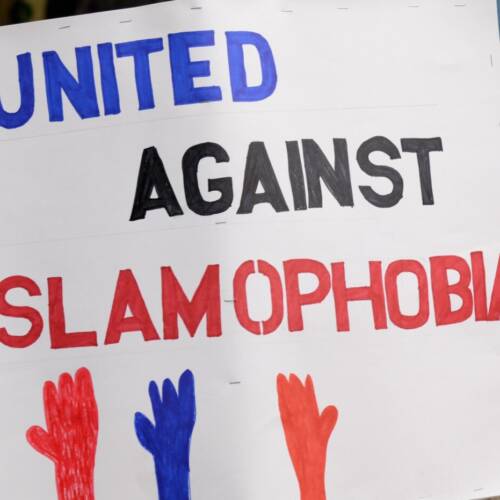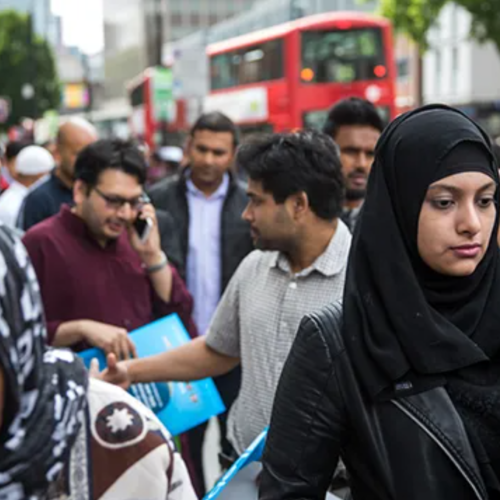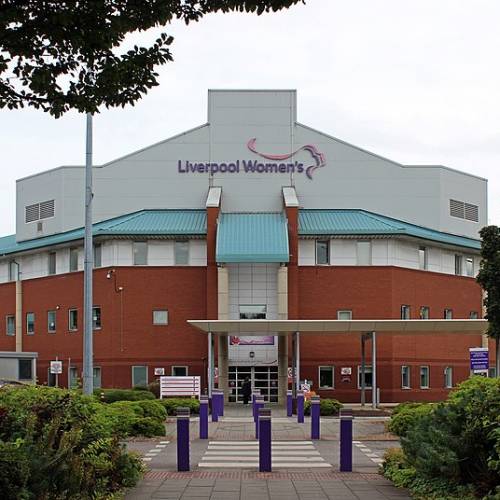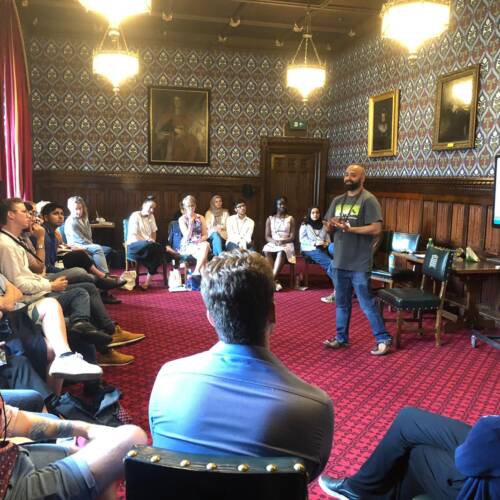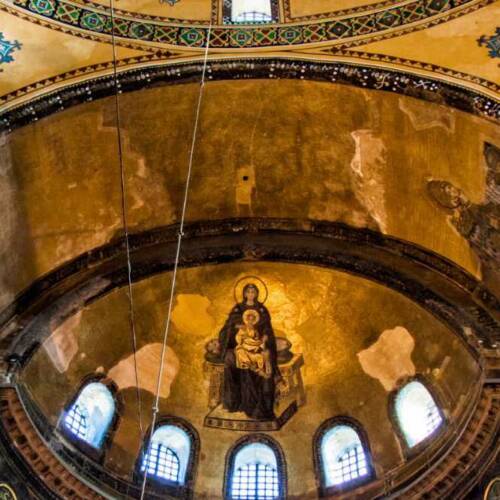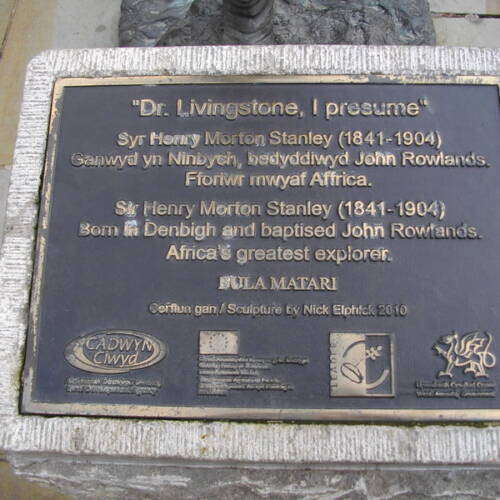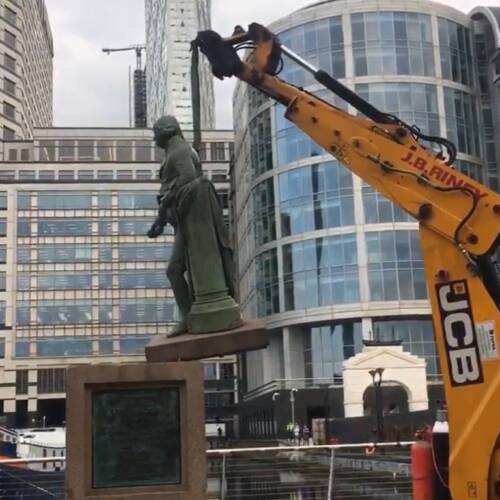
As The Statue of Another Slave Trader Is Taken Down, Britain Grapples with Symbols of Its Past
12 Jun 2020Last Sunday, the Black Lives Matter protests in the UK witnessed a defining moment when protesters in Bristol tore down the statue of 17th century slave trader, Edward Colston, and threw it into the river. The move, inspired by similar efforts to remove Confederate statues in the US, encouraged authorities to remove statues of similar figures associated with slavery.
However, this has also launched a debate on whether removing these statues represents the removal and erasure of history, as well as questions as to how a country built on colonial conquests can come to terms with the troubling histories of many of its former leaders.
The taking down of Edward Colston’s statue sparked a national debate
The UK’s Black Lives Matter protests in Bristol on Sunday when protesters took down the statue of 17th century slave trader and philanthropist, Edward Colston has brought the issue of statues into sharp focus. The statue was dragged to the nearby docks and thrown into the river. The same weekend saw Black Lives Matter activists in London vandalising the statue of Winston Churchill in London’s Westminster.
The removal of Colston’s statue and the vandalising of Churchill’s has launched a debate on the nature of protesting, vandalism and whether statues of individuals with troubling histories should be kept for what good they may have done. In Colston’s case, defenders of the statue insisted that it was raised not because of his history as a slaver, but due to the contributions he made to the city. Others, meanwhile, feel that removing the statue removed the opportunity to educate the public.
The removal of the statue, however, has urged some public bodies to remove statues with similar histories. On Tuesday, authorities in London removed the statue of another prominent slaver, Robert Milligan, in East London’s West India Quay. The Mayor of Tower Hamlets, John Biggs, confirmed that the removal of the statue was made on the basis of facing “up to our past and learn from it to continue our fight against racism and intolerance today”.
Activists, meanwhile, have called for a number of other statues, such as that of Sir Robert Peel in Manchester’s Piccadilly Gardens, and that of Cecil Rhodes in Oxford to be similarly removed. London’s mayor, Sadiq Khan, announced that a commission would be formed to investigate whether other monuments around the city should have their legacies celebrated. Labour Party councillors around the country also appear to be debating the issue.
Does the removal of a statue remove the opportunity to learn from history?
One of the biggest arguments against the removal of the statue was the question on whether it amounted to the erasure of history. It is undeniable that histories of nations are often complex. Indeed, Khan himself commented that he does not think Churchill’s statues should be removed, but rather people should be educated about the man fully, “warts and all.”
On Churchill, the Prime Minster, Boris Johnson tweeted that while he “expressed opinions that were and are unacceptable to us today” … “We cannot now try to edit or censor our past”.
The suggestion that the removal of a statue prevents us from learning about their history is not really true. There are plenty of historical figures and world leaders who don’t have statues, or have had statues removed, that we all know enough about.
Furthermore, the matter of Colston’s statue has been the subject of a bitter, years-long dispute in Bristol’s local politics. Bristol residents and activists have been democratically calling for the removal of Colston’s statue on account of his history. Back in 2017, activists marked the Colston Hall, named after him, with writings of his crimes, which include the enslavement and shipping of 100,000 Africans.
Despite these calls, the petitions to remove the to remove the statue have been repeatedly vetoed by Society of Merchant Venturers, as well as local Conservative MP, Richard Eddy. Eddy himself has been known to refer to Colston as a “hero” and defended the use of a golliwog – a caricaturised image of a black person – as a mascot.
A compromise proposition involving the placement of a plaque detailing his role in the Atlantic Slave Trade, were voted by the same group of individuals who objected to any reference to Colston’s role in slavery. When activists placed an unauthorised plaque at the base of the statue, Eddy said that anyone stealing the plaque would be justified, describing these efforts as “historically-illiterate”.
If Colston’s statue was meant to have an educational role he played in the institution of slavery, it is evident that the opportunities to teach the public about his role were repeatedly missed. Meanwhile, thousands of black residents of Bristol had to walk by monuments honouring the man that may have sold their ancestors.
The fact that British people have had more chance to learn about Colston’s role in slavery over the past five days than they had in their whole lives is instructive in showing what has had the bigger impact.
The fact of the matter is, whether in Germany after 1945, the former Soviet Union in the 1990s, Iraq after 2003, Syria after 2011, statues of reviled figures are rarely kept in public view, even for educational purposes. This is what books and museums are for.
Maybe these statues can play a role in teaching Britain about its history and help the country move forward. But to do so, we must make sure that genuine attempts to understand and educate – like those that were missed in the lead-up to the removal of Colston’s statue – are not repeated.


